Echoes of Ancient Lands
Chandramouli Temple Hubli India
Mother Masala Tours
Beyond Prayers: The Living Stone Legacy
Chandramouli Temple Hubli India. Located in Karnataka, is a site steeped in history and spirituality. This temple, dedicated to Shiva, dates back to the 12th century during the reign of the Western Chalukya Dynasty, known for their influence on South Indian culture and architecture. The name "Chandramouleshwara" translates to "the one who wears the moon as a crown," reflecting the deity’s association with the moon and its calming powers. The temple is an outstanding example of Dravidian style, characterized by intricate stone carvings and graceful pillars that tell stories of divine encounters.
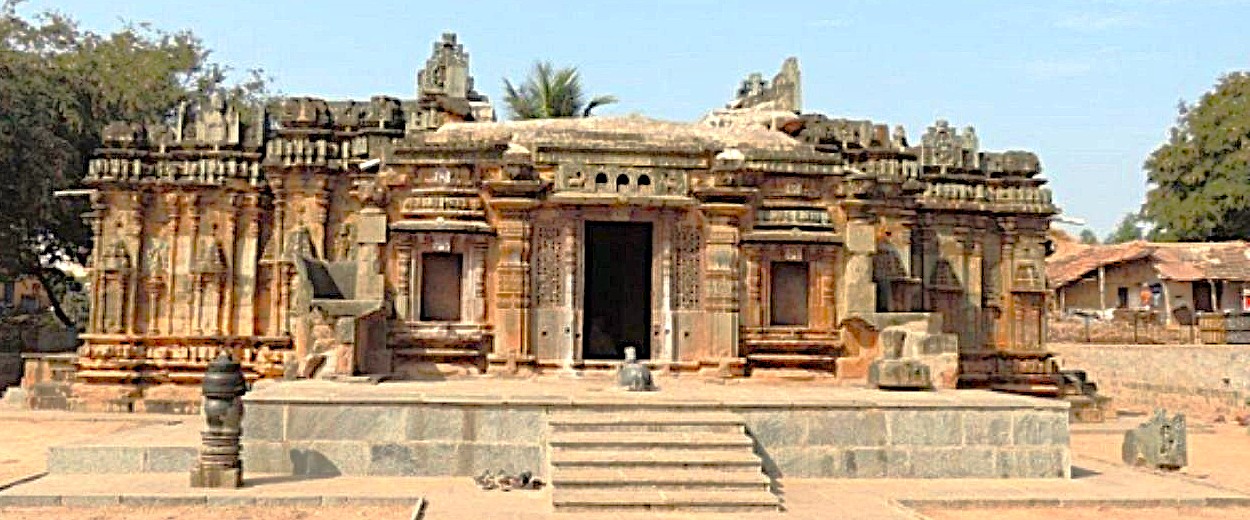
Chandramouli Temple Hubli India: Sacred Spaces
This temple houses numerous artifacts that bear testament to its rich religious history. Visitors will find intricately carved stone figures depicting various deities, mythological scenes, and celestial beings. These stone sculptures reflect the handcrafted skills of artisans from centuries past, providing insight into the spiritual beliefs and artistic techniques of that era. The sanctum sanctorum, or the innermost sanctuary, is where the primary deity resides, accentuated with elaborate carvings and offerings that contribute to the spiritual atmosphere.
Ancient Mosaics: Impeccable Craftsmanship
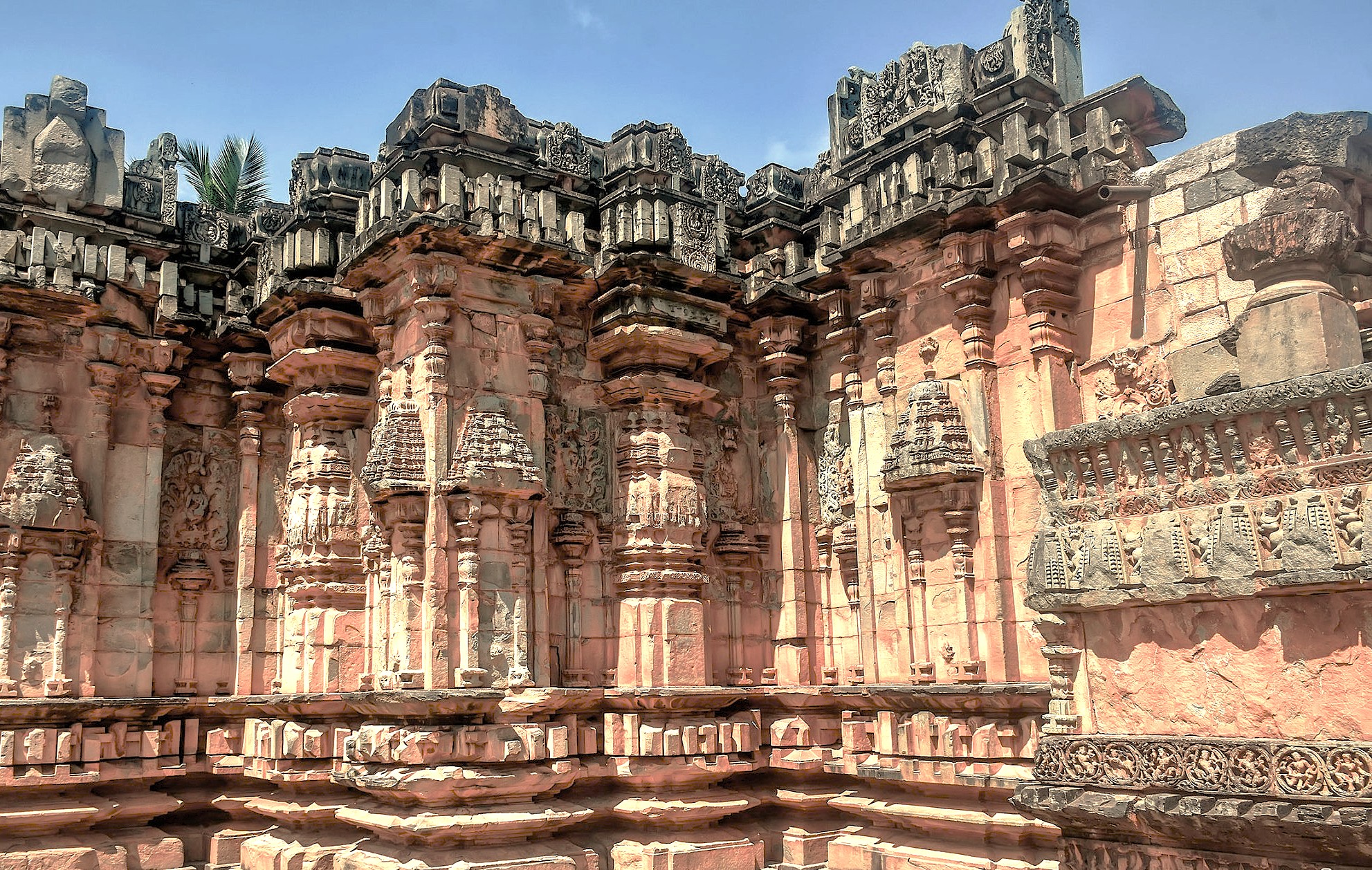
The craftsmanship displayed in the Temple is a testament to the skills of ancient artisans. Every pillar, ceiling, and wall is adorned with detailed carvings, each telling its unique story. The temple is constructed using locally sourced stone, showcasing intricate floral patterns and depictions of various gods and goddesses. One prominent feature is the ornate brackets that hold up the beams, each uniquely carved with motifs representing deities and nature. This attention to detail reflects the highly skills of stone masons during the 12th century.
The Pulse of the Local Community
Chandramouli Temple Hubli India. The local populace thrives in the energetic atmosphere surrounding the temple, embodying a warm and welcoming spirit. This sense of community is deeply rooted in shared traditions and values. The residents actively participate in temple activities, contributing to a lively environment around sacred occasions. People engage in daily rituals, maintaining a connection to their cultural heritage. The community often comes together during festivals, creating a collective sense of belonging that enriches daily life.
Capturing the Magic: A Photographic Haven
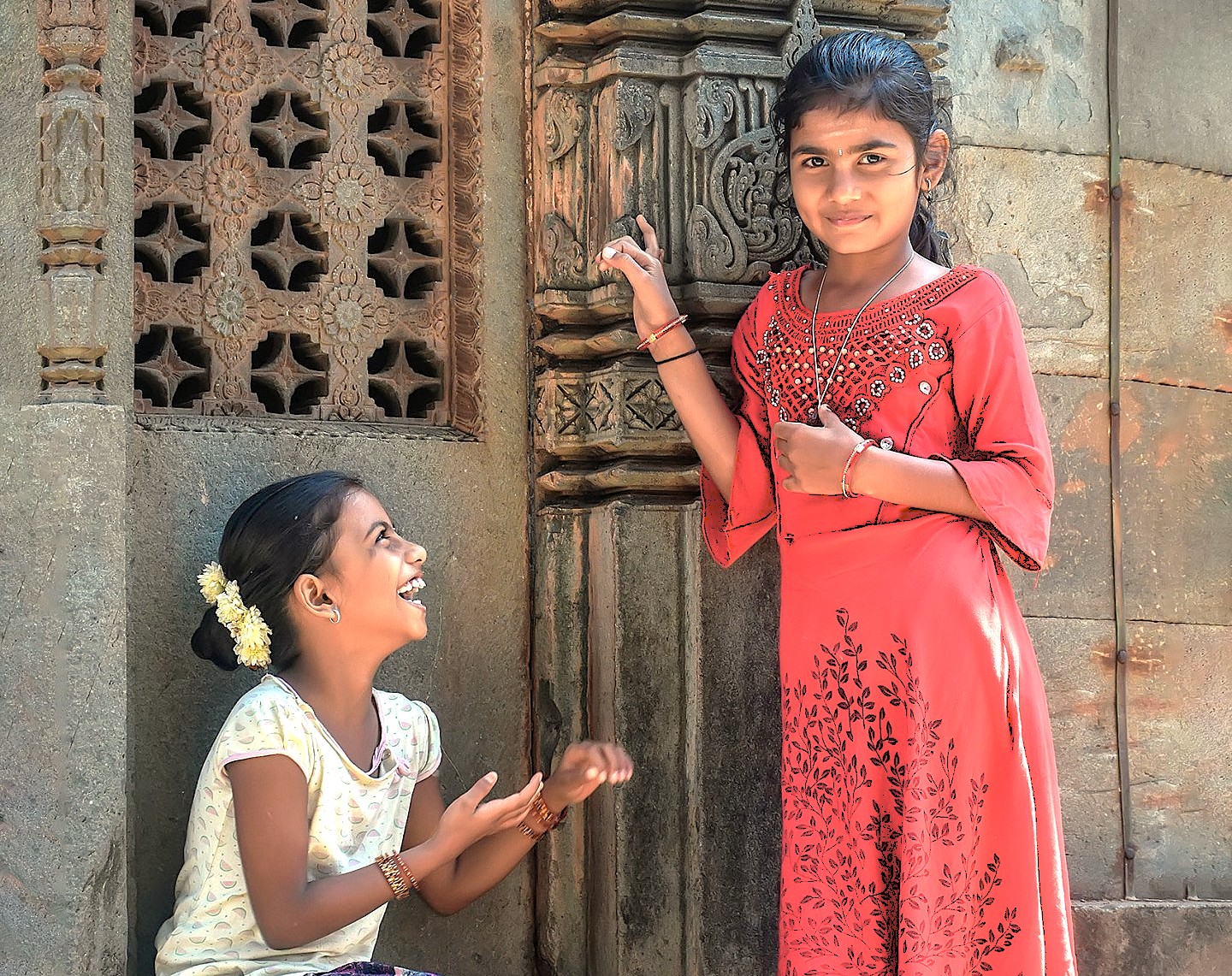
The temple contains many interesting photography angles where light changes throughout different hours of the day. Morning sunlight creates golden highlights across the eastern stone walls while afternoon brings dramatic shadows along western corridors. The carved figures along exterior walls provide detailed close-up opportunities with natural light enhancing their textures. Upper sections of towers offer unique perspectives when photographed against clear skies or passing clouds. Interior halls sometimes permit photography where oil lamps create atmospheric lighting conditions around statues and offerings.
Festivals of Devotion: Honouring the Sacred and the Divine
The annual celebrations at the temple draw a wide array of participants eager to witness the splendor of traditions. The highlight of the year is Maha Shivaratri, typically held in February or March, which reveres Lord Shiva. Devotees attend the night-long vigil filled with prayers, devotional songs, and offerings of Bilva leaves, signifying their respect. Local leaders and spiritual guide Shri. Vishveshwara Mahaswamy often play significant roles in these festivals, leading ceremonies and imparting blessings to attendees.
The Connection with the Gods
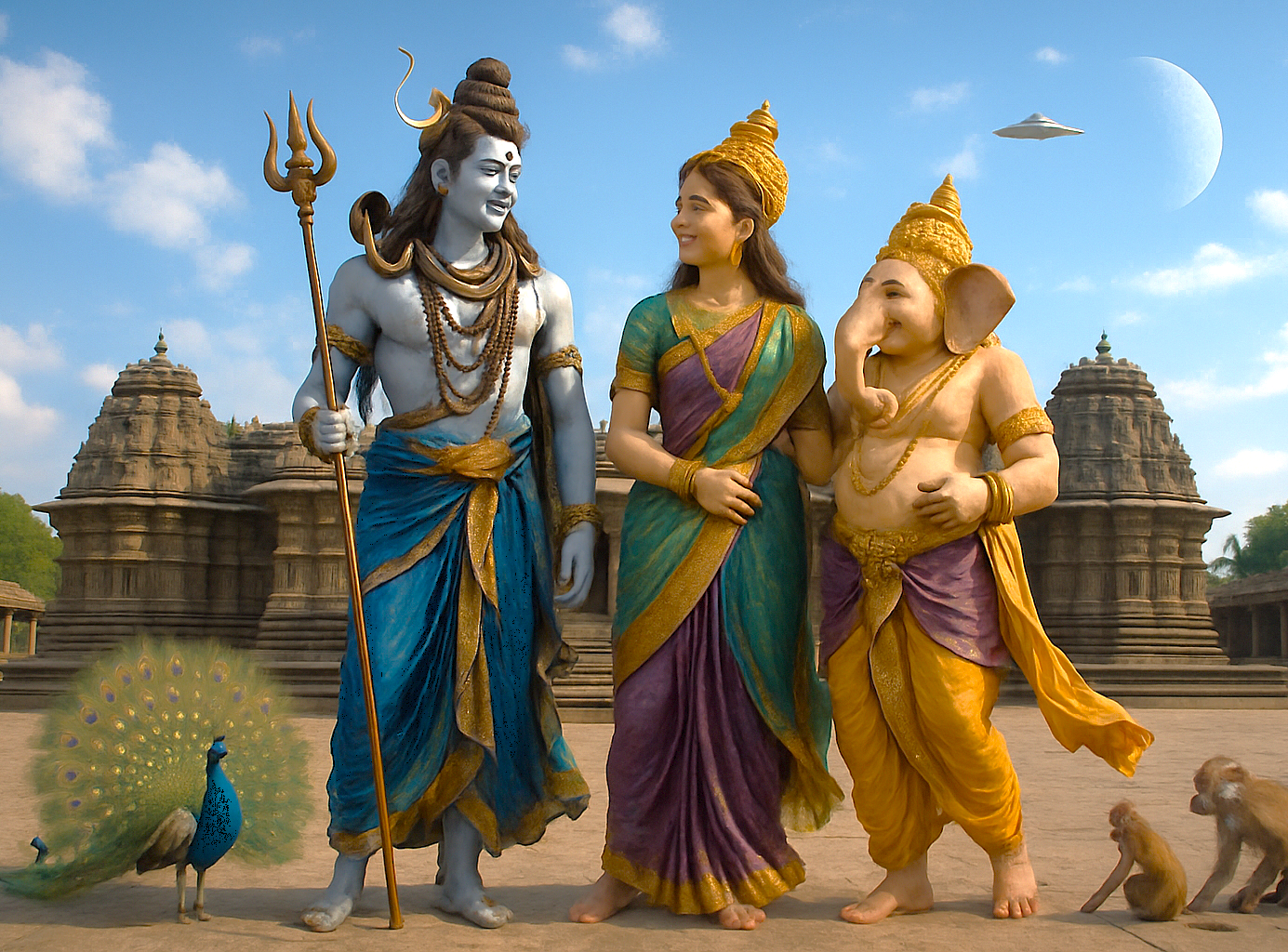
A revered 900-year-old sanctuary and a primary pilgrimage site for devotees. This stunning architecture from the Chalukya era is dedicated to Shiva, worshipped here in his "Chandramouleshwara" form, a poetic name meaning "the Lord adorned with the moon." This form highlights Shiva's serene and auspicious nature, a powerful contrast to his fierce aspects. While the temple's central focus is Chandramouleshwara, his divine presence is linked to his consort Parvati. As a key figure in the Hindu trinity, alongside Brahma and Vishnu, with Shiva as destroyer and transformer - creation and dissolution.
Urban Legends: Strange Sightings, Myths and Mysteries
You may hear wonderful legends surrounding Chandramouli Temple Hubli, adding to its allure. One popular tale tells of a mystical serpent that is said to guard the temple grounds, appearing to devout worshipers at night. Locals believe that witnessing this serpent is an omen of blessings and good fortune. Additionally, stories circulate about a hidden treasure within the temple’s depths, left behind by ancient kings.
Ancient Technologies: Sacred Sound, Geometry & Astrological Influences
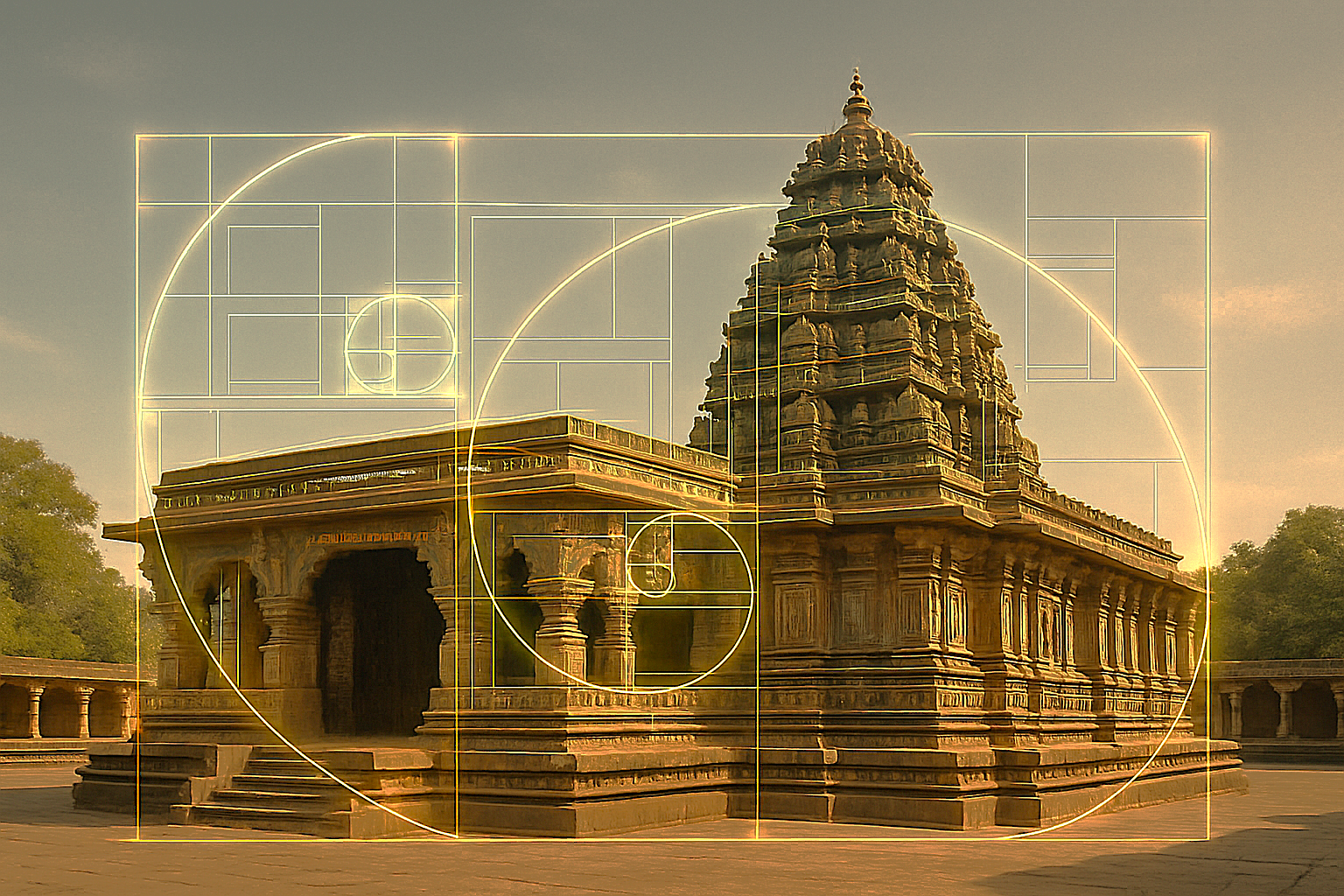
The temple incorporates ancient sound frequencies and Vastu Shashtra - sacred geometry designed to elevate the experience of worship and meditation. Constructed using granite stone, the building uniquely resonates with sound, amplifying chants and prayers within its walls. Research into Solfeggio frequencies, particularly 528 Hz, reveals its association with healing and transformation. The placement and design of the temple promote these frequencies, creating a harmonious environment that fosters tranquility and reflection.
Resilience and Renewal: Overcoming Adversity’s Challenges
Chandramouli Temple Hubli India. Throughout history, this region has faced numerous challenges that have shaped its path. Notably, in the 16th century, the local populace endured invasions that threatened their cultural identity. Despite such trials, communities rallied together, reinforcing their ties to spirituality and tradition. In 1648, the Mughals attacked the region, leading to significant damage but ultimately showcased the strength and unity of the locals. In the aftermath, reconstruction efforts flourished as residents focused on rebuilding not only the physical structures but also community ties.
Serendipitous Meetings: Beyond the Main Path
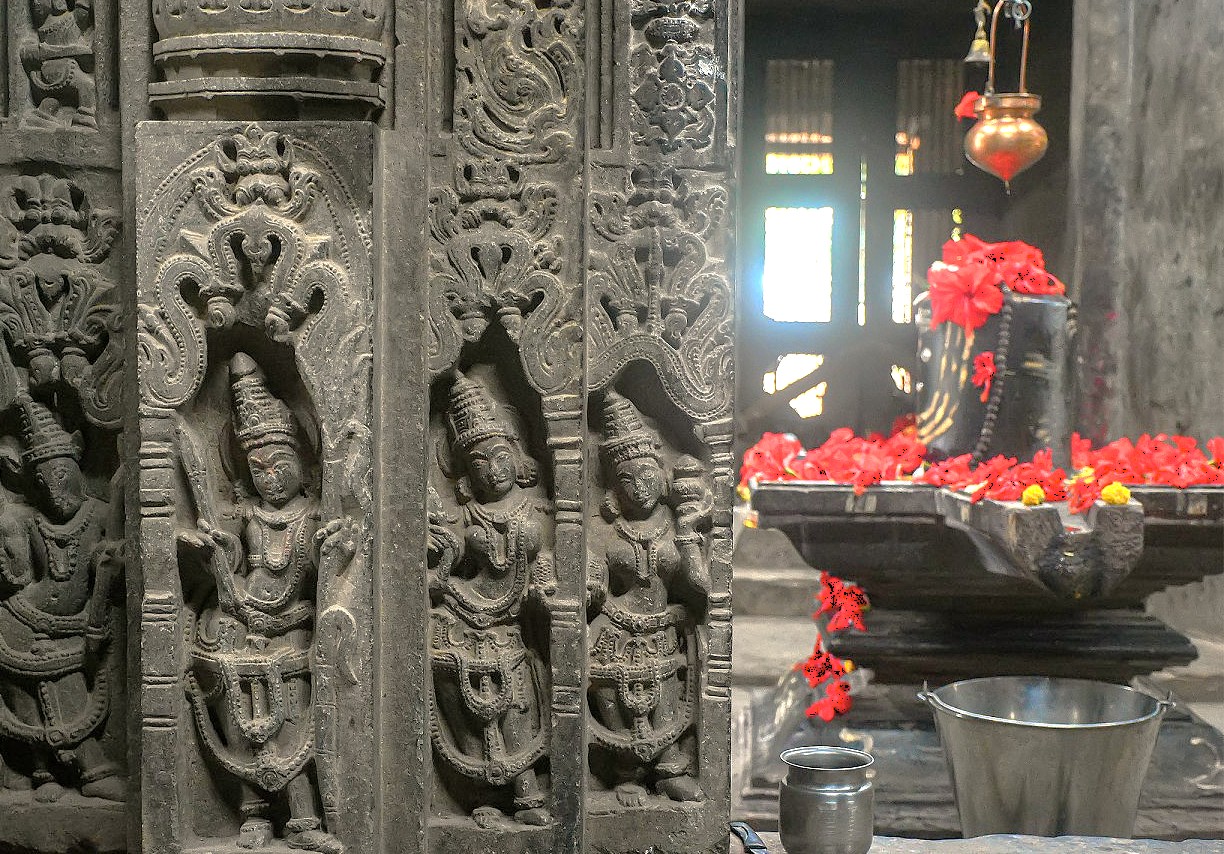
Walking around temple pathways leads to many interesting discoveries beyond the main tourist areas. Artisans work in small studios where traditional crafting techniques continue through daily practice. Potters shape clay vessels using wheels operated by foot peddles and textile workers create intricate patterns through hand looms. Several workshops allow people to observe the complete creation process from raw materials through finished products. Jewelry makers demonstrate metal working techniques using tools passed through multiple generations of family members.
Awaken Your Spirit of Adventure - Embrace the Unknown with Us
We invite you to discover and explore this Temples deep historical, cultural, and spiritual significance. You'll appreciate the craftsmanship, immerse yourself in local traditions, and enjoy the culinary delights that define the character of this sacred space. Join us on this journey, where ancient stories meet contemporary life, and where every corner has a unique tale waiting to be discovered.
Symphony of Generosity: Offerings from Wanderers to Residents
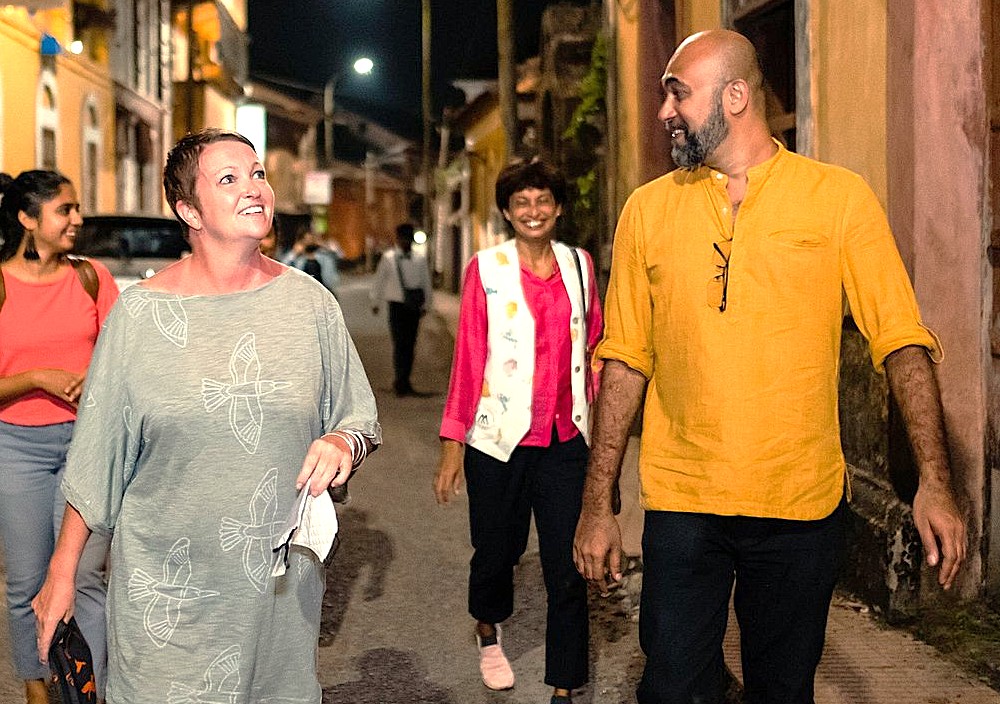
The relationship between residents and those exploring the region fosters a symbiotic bond. Locals share their stories and crafts, while we appreciate and contribute to the local economy through our presence. This interchange cultivates an environment filled with warmth and generosity, enriching both parties. The exchanges, whether through the purchase of handmade goods or shared meals, highlight the beauty of community, as experiences and stories are traded freely. This mutual respect strengthens the ties among us and adds a layer of depth to our visit, creating connections that last well beyond our time in this vibrant community.